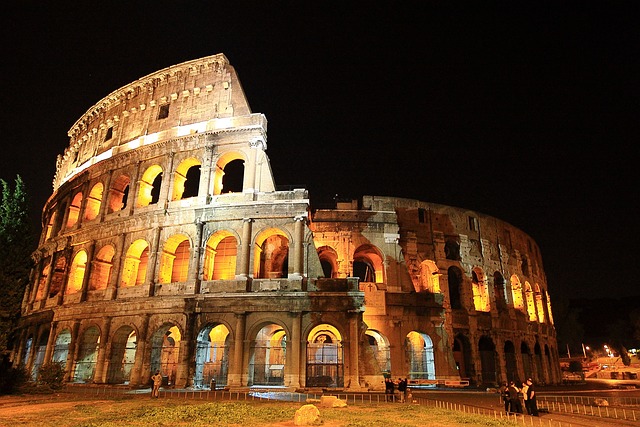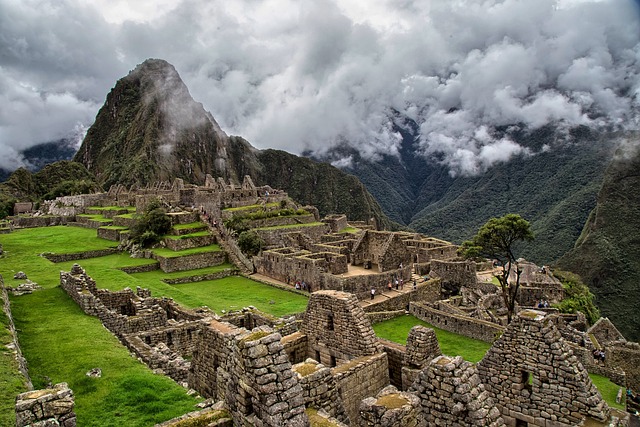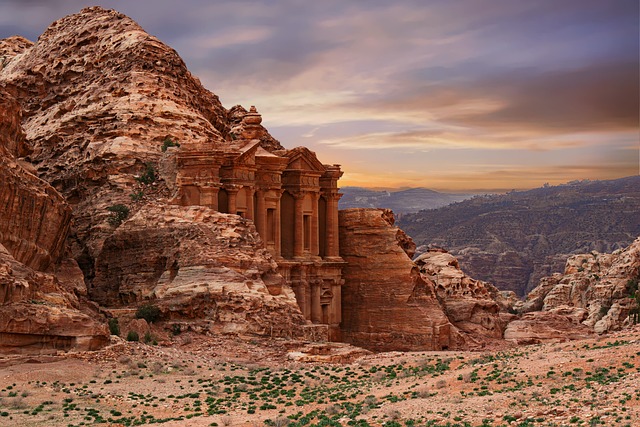The original seven wonders were the “must-sees” of the ancient Hellenic world. The ancient Greeks didn’t know much about the world except for the Mediterranean region, so their list couldn’t include many incredible human-built structures from, say, Asia or America. But the new list does, and we’re about to quiz you on the new wonders! Are you ready?
The marble used to build the Taj Mahal appears luminously white in the light of day, near translucent in the moonlight, and blushing pink at sunrise – a true marvel.

The Taj Mahal monument is India’s pride and, as the story goes, a testament to eternal devotion. Shah Jahan, the Emperor of the Mughal dynasty, had this splendid mausoleum built to honor his beloved wife, Mumtaz Mahal. She tragically died in childbirth, and the palace served as her tomb.
Her grief-stricken husband later joined her in the mausoleum, but you won’t see their graves while visiting as a tourist – only the false ornate sarcophagi. The actual graves are on a lower level.
Did you know? The Colosseum beat European sites like Stonehenge and Eiffel Tower in the competition for the new seven wonders list. Emperor Vespasian ordered the construction of this stone dome, which started in 72 AD and finished in 80 AD.
The Roman Empire has not seen a most impressive venue. The Colosseum could hold over 50,000 spectators who would eagerly gather to see gladiator fights, drama spectacles, animal hunts, and even public executions.
Earthquakes, fires, and overall neglect caused the deterioration of the structure over time. Despite parts of it being destroyed, it stands tall today, a solemn witness to times bygone, and invites curious travelers to peek into the past. Modern sports arenas still emulate the Colosseum’s classic elliptical design.

Why won’t you prove your knowledge of world history?
The complex of Chichén Itzá used to be home to 35,000 residents, acting as an urban center, a hub of regional trade, and a religious site. The sheer size of the whole compound is impressive – in its original form, it used to spread over 10 square miles, and the jungle could be hiding even more structures.

It was typical in Mesoamerica to build near caves and natural sinkholes (cenotes), and Chichén Itzá is no exception. It’s no wonder, considering they were often the sole source of clean water. The Mayans placed the cenotes at the center of their spiritual beliefs, thinking of them as a home for gods, an eternal void, and the link to the afterlife.
The feature of Chichén Itzá you’re probably the most familiar with is El Castillo or the Temple of Kukulcan. The magnificent pyramid structure has 365 steps, one for each day of the solar year – a testament to Mayans’ astronomical skills. Life in Chichén Itzá wasn’t all about studying stars, though – the folks there liked to have fun, too. The complex contains the largest ball court in both Americas, where the residents have played their version of soccer.
Cristo Redentor statue presides over Rio de Janeiro, its striking presence felt throughout the city, as it can be seen for miles. The monumental figure is the outcome of a creative collaboration of Poles, French, Brazilians, and Romanians, a joint effort of sculptor Paul Landowski, engineers Heitor da Silva Costa and Albert Caquot, and artist Gheorghe Leonida (who created the head of Jesus). Construction started in 1926 and finished five years later.
Sitting at the peak of Corcovado Mountain, the statue stands 98 feet tall and weighs roughly 635 tons. These measurements don’t make Christ the Redeemer the biggest in the world, but its proportions and simple yet profound design still make for a humbling experience when you see it in person.

Jesus is younger and smaller than the Lady of Liberty, but it beat it in the competition for the new wonders of the world list. Interestingly, the statue was struck by lightning several times during its time, and Christ’s thumb was damaged during a 2014 storm.
Is that the flag of Indonesia or Poland? Can you identify these flags?
If you ever venture out to South America to wander around Chichén Itzá ruins or ponder upon Cristo Redentor, consider visiting Machu Picchu. The citadel was built around 1450 as a royal residence for the first Inca Emperor, Pachacuti Inka Yupanqui. It’s where the ruling elites could spend leisure time, perform sacred ceremonies, and command people across the realm.
The complex included housing for the royals and servants, religious shrines, an observatory (also called the Temple of the Sun), intricate fountains, terraces, and ramps. The stones used for main buildings were individually shaped to fit closely with one another, so tightly that you wouldn’t be able to slide a thin blade into the cracks. The stone structures blend naturally into the sharp, rocky surroundings. A true feat of the engineering genius of the Incas!

Is 420 your lucky number, or will it be something different?
Let’s put that myth behind us: you won’t see the Great Wall from space, even if you try really hard. Not with the naked eye, at least. It’s still pretty damn cool. It is a network of fortress towers, garrison stations, and other defenses stretching over an impressive 2,500 miles.

The beginning of construction dates back to the fifth century BC, although some of the structures were raised even earlier. When in 220 BC, the first Emperor of China united the country, the remains of old fortifications were joined together to create the first real Great Wall. The Ming dynasty is responsible for building or renovating most of the structures we can admire today.
The Great Wall was an ongoing project for many centuries meant to protect China from barbarians from the north. Truth be told, there weren’t that many intense battles there. Yet, it is a testament to the hard work and dedication of countless workers who raised the majestic Great Wall with sweat and tears.
Do you know the Red Rose City of Jordan? Once upon a time, it was the capital of the ancient kingdom that left behind stunning pieces of architectural wonder. Petra’s – or Raqmu’s, as the Nabateans called it – structures were directly carved in stone, with vibrant red, white, and dusty pink earning its moniker.

The Nabateans are a mysterious civilization we don’t have much information about. We do know they were nomads, skilled engineers, and merchants. They grew wealthy thanks to controlling vital trade routes and developing water systems that allowed them to stay independent from local tribes.
The Nabatean empire gradually lost its glory after Rome took over, and Petra’s importance waned, likely due to the devastating earthquake in 555 AD. In 1812 a 27-year-old Swiss adventurer found the ruins of a once-flourishing community. His name was Johann Ludwig Burckhardt, and his dream was to discover the source of the River Niger. He never did, but at least we can be thankful to Johann for rediscovering the lost city of Petra.
Too prideful or too greedy? Which of the seven vices are you?
The seven wonders – how much of a mystery are they to you? Take the quiz. Go on. See how much you know about the new seven world’s wonders. Can your score be truly wondrous?